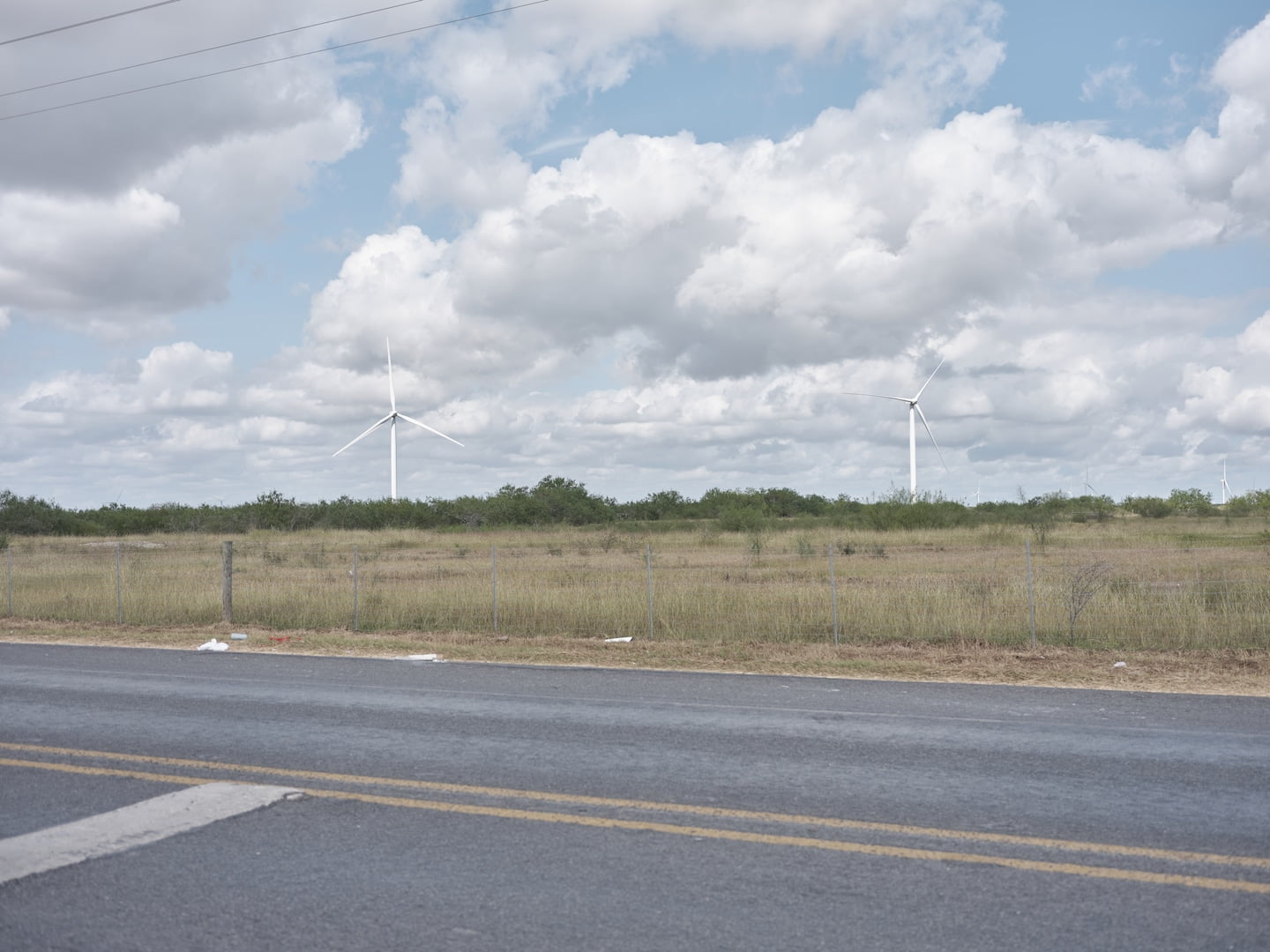This summer, like last summer, Texas has battled a brutal heat wave that regularly reaches triple-digit temperatures. This summer, like last summer, the heat wave triggered record levels of energy demand. This summer, like last summer, there have miraculously been no rolling blackouts; in fact, this year, the state’s grid operator has so far asked for just one day of voluntary energy conservation.
And this summer, like last summer, renewables have been the heroes of the story — yet they remain curiously vilified by politicians in the Lone Star State.
In recent years, renewable energy has been ramping up across Texas. The state has rapidly increased solar capacity, for instance, enabling as much as 16,800 megawatts of solar power to be produced on the grid as of the end of May. That’s roughly sixtimes the capacity that existed in 2019 (about 2,600 megawatts), according to data from the Electric Reliability Council of Texas, the state’s grid operator.
This increase — coupled with greater wind and storage development — is what has allowed Texans to beat the heat and keep their electricity bills down.
After all, several thermal-energy plants in the state wentoffline in recent weeks, as coal, natural gas and nuclear facilities appeared to buckle under extreme temperatures and shrinking maintenance windows. Additional solar and wind generation more than made up the difference. Renewables overall have lately represented roughly 35 to 40 percent of power generation at peak, compared with about 30 percent last year.
The result is not only that renewables have enabled Texas residents to keep the lights and air conditioning on during this hellish heat. They probably also saved Texans “billions of dollars” last week alone by keeping prices from spiking, says Doug Lewin, an Austin-based energy consultant and author of the Texas Energy and Power Newsletter.
What’s responsible for this … ahem … windfall?
Federal tax incentives, including those in the Inflation Reduction Act, have certainly encouraged additional renewable development nationwide. Technological advances have as well, with wind and solar development costs growing increasingly competitive against fossil fuels even before taking subsidies into account. Improvements in storage technology have also helped address renewables’ most-cited weakness: their intermittency. With better batteries, air conditioners can reliably keep blasting even on cloudy, windless days.
But much of this is a Texas-specific story, too.
Though not exactly known for its bleeding-heart-liberal populace, Texas generates more electricity from wind and solar than any other state. Of the 710 megawatts of new battery storage that went online across the United States in the first three months of 2023, about 70 percent was in Texas alone, according to data from S&P Global.
Perhaps this isn’t surprising, if you look at Texas’s landscape and demographics; it’s naturally quite sunny and windy, with a growing population. These features have made it an attractive place to site new and efficient renewable-energy projects.
The state has made some smart policy decisions, too. It got a jump-start on expanding transmission lines, for instance, to help move power from windy but secluded areas to denser population centers. The state’s electricity market was designed to make it easy for new energy producers to connect to the Texas grid.
Perhaps most important, Texas (unlike, say, California) has a relatively permissive permitting environment for building of all kinds: housing, energy infrastructure, you name it.
At least, the state has had a welcoming regulatory environment for all these things. More recently, Texas politicians have been threatening to kill their golden goose.
In the legislative session that recently ended, state lawmakers introduced a raft of bills designed to curb renewable-energy investment and prop up traditional thermal energy producers. One bill, for example, would have put new permitting requirements in place just for wind and solar, and nothing else. “You could still site an oil and gas well literally across the fence line from a day-care facility,” explains Lewin, “but you’d have to go and ask permission to put a solar panel on somewhere.”
These bills seem to have been motivated by a combination of factors. For some, it’s just NIMBYism (people not wanting their rustic views ruined by wind turbines, for example). Others want to help the state’s beloved fossil-fuel industry. (Texas remains the top oil-and-gas producing state in the nation, too.) And perhaps others are driven by culture-war concerns (renewables are indulgences pushed by commie tree-huggers, etc.).
While the worst of these bills didn’t make it through, they are likely to get revived in the years ahead. Renewables have proved a favorite scapegoat for any problems with Texas’s power system — even when they’re actually the key to alleviating those problems. For which they never seem to get their due.

